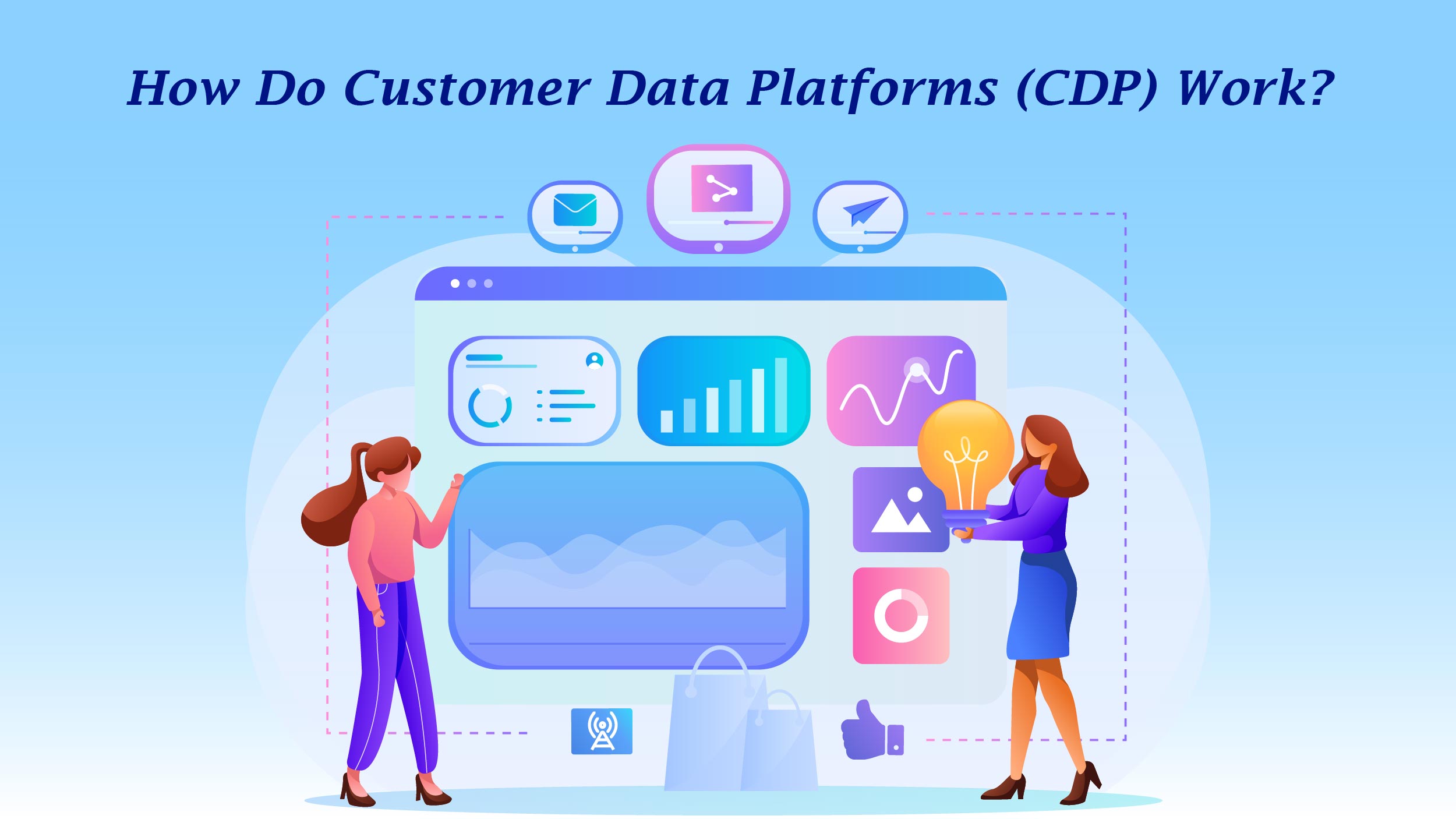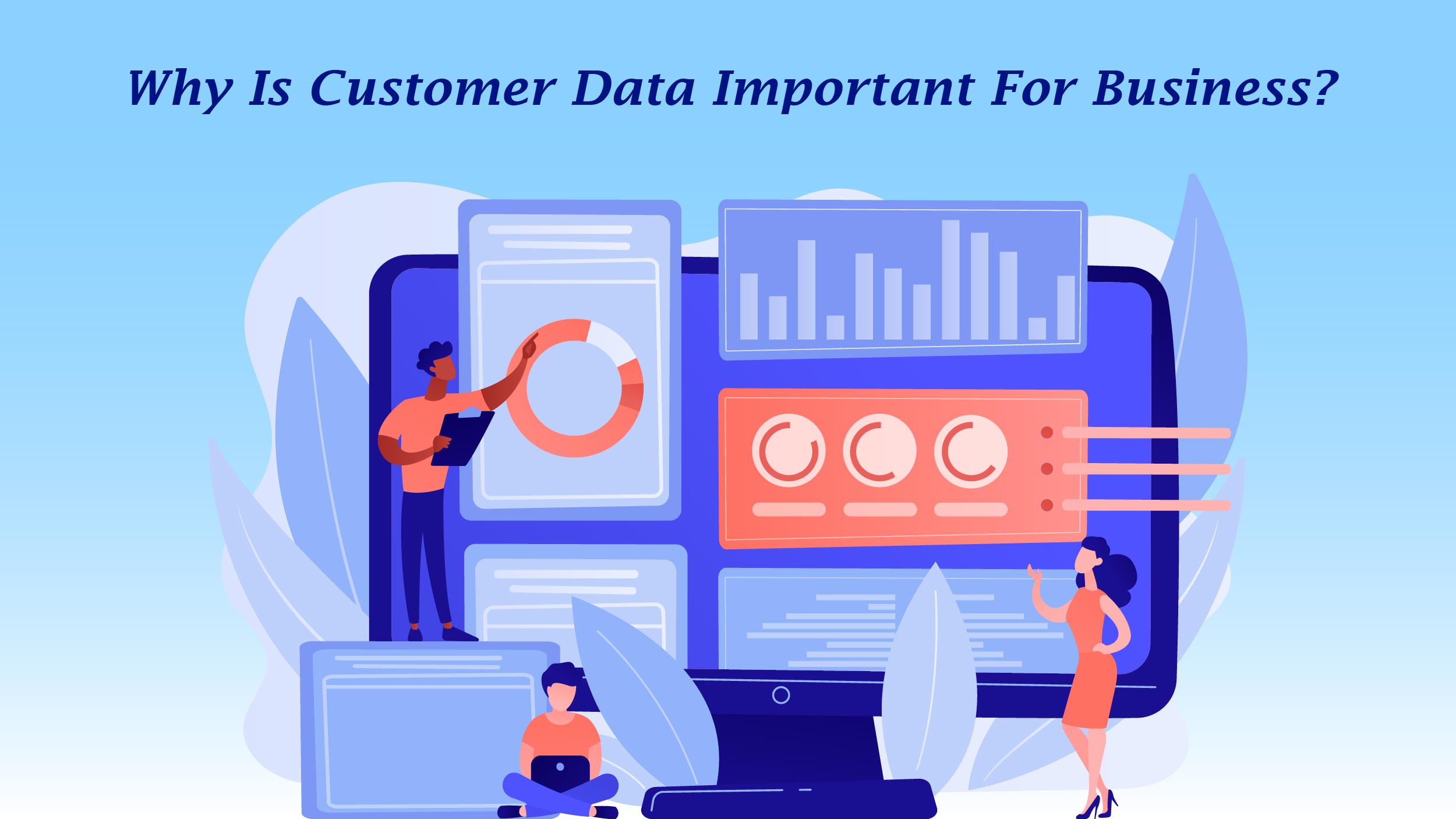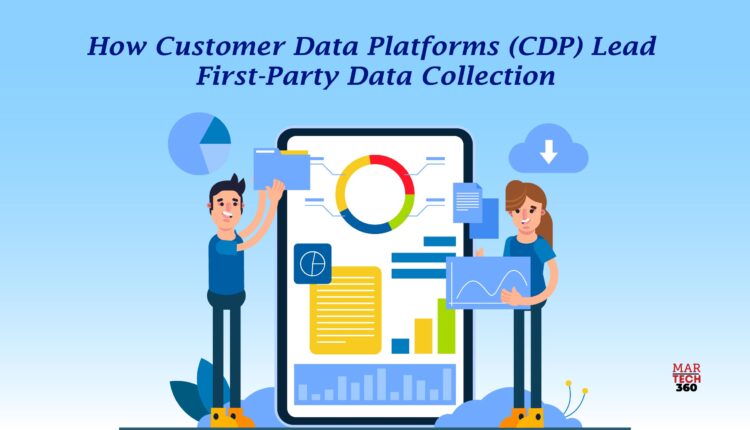In today’s fast-paced and data-driven world, businesses face the challenge of understanding their customers on a deeper level. Without comprehensive insights into customer behavior, preferences, and needs, businesses often struggle to deliver personalized experiences and targeted marketing campaigns. This is where the customer data platform (CDP) comes into play. Let’s delve in and understand everything about it.
What are Customer Data Platforms (CDP)?
A customer data platform (CDP) is a software application designed to aggregate information from many tools into a unified customer database. This database includes details on all customer interactions and touchpoints with your product or service. First-party data is more useful, according to 92% of top marketing professionals. This database can be used to construct more specialized marketing campaigns
How Do Customer Data Platforms (CDP) Work?
 A customer data platform functions as a high-tech software solution that grants users a detailed 360-degree perspective on customers. Its primary role involves gathering data from diverse sources and disseminating it to various interlinked systems.
A customer data platform functions as a high-tech software solution that grants users a detailed 360-degree perspective on customers. Its primary role involves gathering data from diverse sources and disseminating it to various interlinked systems.
CDPs function as hubs of data consolidation, gathering information from a variety of sources, such as marketing cloud service software and e-commerce engines. The data gathered comprises details from online and offline channels, including websites, mobile applications, and email platforms.
The primary function of a custom data platform is analogous to hosting a grand feast of customer insights and providing a centralized haven for curating intricate customer narratives.
Moreover, CDPs are capable of performing predictive scoring, journey orchestration, and customer profile analysis and segmentation using rules or machine learning. A few more sophisticated CDPs offer machine learning (ML) and artificial intelligence (AI) for audience segmentation and predictive analytics.
Why Do You Need Customer Data Platforms (CDP)?
Customer data platforms (CDPs) are important for businesses because:
- Unified Customer View: CDPs gather data from various sources, creating a complete view of each customer.
- Improved Customer Experience: They help in delivering personalized messages, and enhancing customer satisfaction.
- Data Integration: CDPs work with different systems, ensuring smooth data flow.
- Data Analysis and Segmentation: They analyze customer data, enabling targeted campaigns.
- Efficient Marketing Operations: CDPs automate data tasks, empowering marketers with targeted strategies.
- Compliance and Data Privacy: They manage data responsibly, adhering to regulations, and building trust.
Why Is Customer Data Important For Business?
 Customer data holds immense value for businesses, and here’s why:
Customer data holds immense value for businesses, and here’s why:
- Personalization: It lets businesses grasp customer preferences and needs, paving the way for tailored marketing and improved experiences.
- Targeted Marketing: Analyzing data helps identify customer segments, making marketing efforts more effective and boosting ROI.
- Customer Retention: Understanding trends helps address customer concerns, fostering loyalty and retention.
- Product Development: Insights from data guide product improvements, keeping businesses competitive and meeting evolving customer needs.
- Decision Making: Data-driven decisions shape strategies, campaigns, and resource allocation, ensuring informed choices.
- Improved Customer Service: Knowing individual histories and preferences enables personalized, efficient service, enhancing satisfaction and loyalty.
Also Read: B2B Customer Experience: Everything You Need to Know in 2024
What are the Benefits of Using CDP?
Marketing leaders today juggle dozens of marketing tools (martech) to manage a growing flood of customer data. While these tools boost efficiency, they often create new problems: messy, inaccurate data scattered across systems.
A CDP can be your lifesaver. It automates data cleaning and integration, offering a wave of benefits for both marketing and your entire business.
- Break Down Silos: A CDP acts like a central hub, collecting customer information from all corners of your company. This fosters collaboration by revealing a complete picture of your customers across touchpoints.
- Find Your Data Fast: Gone are the days of hunting for customer details in multiple systems. A CDP organizes all your data, creating a single, accurate source of truth. Need to understand a customer’s journey? A CDP has it all in one place.
- Streamline Your Systems: A CDP acts like a bridge, connecting all your martech tools—marketing automation, email, CRM, and more. This minimizes data errors and ensures a smooth flow of information across your entire ecosystem.
- Work Smarter, Not Harder: Say goodbye to tedious data tasks! A CDP automates many processes, freeing up your marketing team to focus on what they do best: creative strategy and insightful analysis. This translates to more targeted campaigns, personalized experiences, and happier customers.
- Get Things Done Faster: With a CDP, you’re in control. Marketers can quickly segment audiences, build campaigns, and analyze results—all without relying on IT. This means faster campaign execution and quicker insights to fuel future success.
- Stay Compliant: Data regulations like HIPAA, GDPR, and CCPA can be a headache. A CDP gives you greater control over customer data, making compliance easier and minimizing legal risks.
How Did CDPs Originate?
With the abundance of marketing technologies available, each typically represented by its own unique three-letter abbreviation, one might question the origins of CDPs. Despite being recognized as one of today’s most popular marketing tools, CDPs are not a novel concept. Instead, they epitomize the latest progression in how marketers handle customer data and relationships. Over the past decade, advancements in the CRM mode laid the groundwork for the emergence of CDPs. Functioning as the ultimate source of truth for marketing data, CDPs empower marketers to extract profound insights into their customer base, enabling enhanced segmentation across various brands.
Before recent strides in AI automation and machine learning, achieving this level of segmentation was considered unattainable. However, it has now become a standard practice. Unlike previous customer data platforms focusing solely on marketing or commerce with lengthy synchronization processes, CDPs offer real-time synchronization. Failing to provide customers with the personalized experiences they expect based on up-to-date data can lead to disappointment as disjointed engagements fail to meet expectations.
Challenges Solved by Customer Data Platforms
Customer data platforms (CDPs) enable companies to tackle the root causes of many of their most significant daily challenges. In particular, CDPs offer solutions to three primary obstacles.
Disorganized data
When dealing with fragmented data, grappling with understanding your customs and establishing genuine connections becomes notably more challenging. The escalating use of various data sources by corporations highlights the urgent need for a CDP as the singular source of truth to amalgamate all information comprehensively. The integration of your diverse data sources through a CDP streamlines the process of revealing customer insights promptly.
Customer identification
Only one in three marketing professionals expresses satisfaction with their ability to correlate customer ideas across all their diverse data stores. As the core nexus for customer data, customer data platforms (CDPs) can adeptly resolve numerous challenges related to customer identification by amalgamating data from various sources to construct unified profiles for individual customers.
Easy segmentation
Initiating the organization of your data and consolidating custom identity profiles reflect the preliminary actions toward enhancing segmentation and targeting. Subsequently, a proficient CDP will autonomously review common attributes among customers, simplifying the process of audience segmentation and enabling the tailored provision of engagement to each individual.
Winding Up
A customer data platform could potentially be the missing key for your organization if improving the overall customer experience with data insights and optimizing marketing operations for greater agility and efficiency is a priority.
CDPs can gather customer data from all your channels and diverse silos to craft a unified customer profile. This profile stands as the central truth source across your organization. This unified view enables marketing service and sales teams to effortlessly analyze customer data, identify crucial segments, and provide more relevant, personalized, and consistent messaging.


Comments are closed.